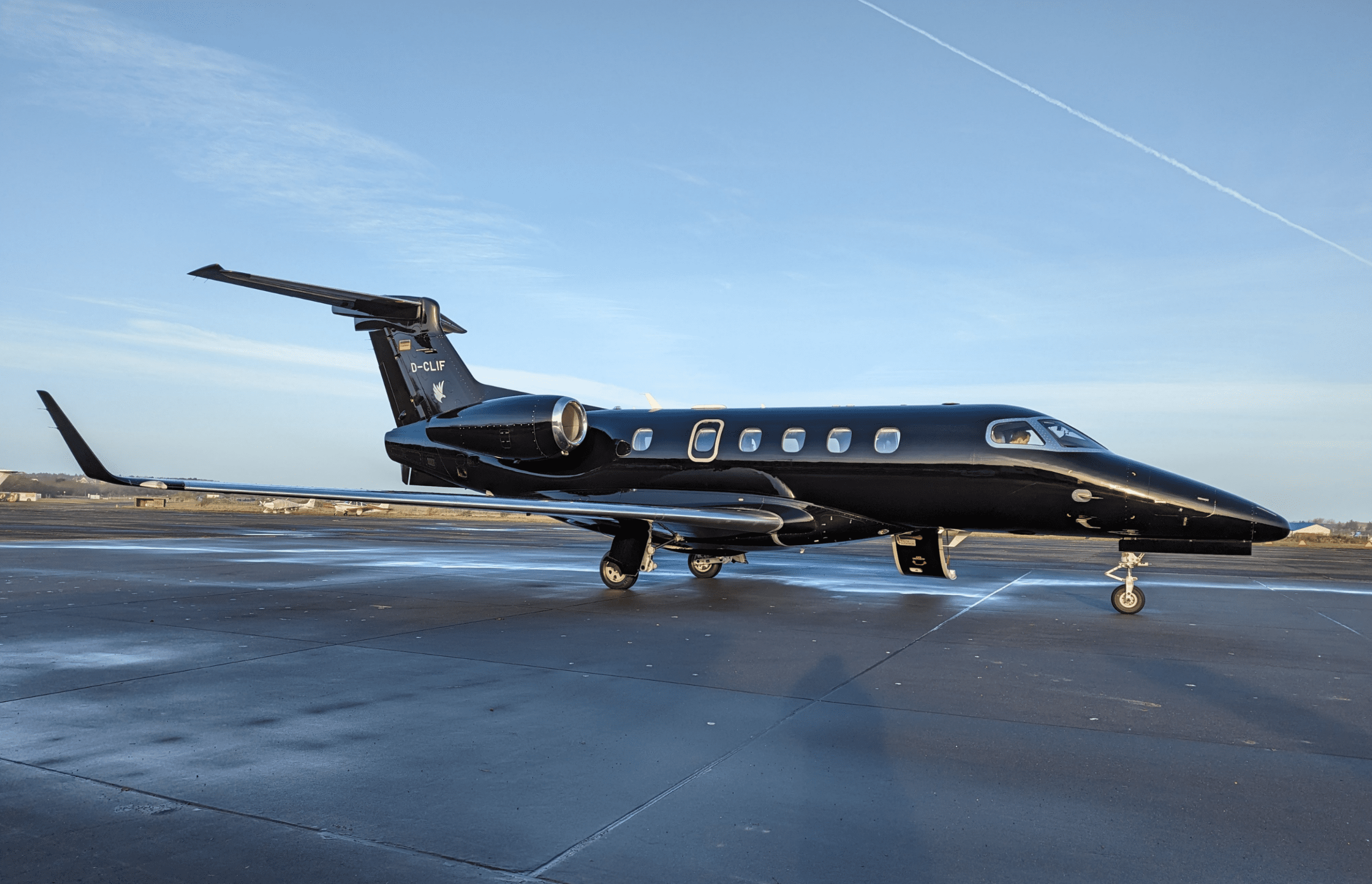Mold Remediation Simplified For Jets
Mold remediation in airplanes presents several unique challenges and concerns due to the specialized environment and materials involved. One of the primary concerns is the potential for mold to spread quickly in the confined and moisture-prone areas of an aircraft, such as the fuselage and wing cavities. The presence of mold in these areas can lead to structural damage, corrosion, and potentially compromise the safety and airworthiness of the aircraft.
Another significant challenge is the sensitivity of the materials used in aircraft construction, particularly aluminum and composites. Many common mold remediation products, especially those containing bleach, can be corrosive and may damage these materials if not used carefully. Specialized, non-corrosive cleaning agents are required to safely remove mold without harming the aircraft’s surfaces.
Moreover, the remediation process itself must be thorough to ensure that all mold is eradicated, as lingering mold spores can lead to recurrent infestations, which could cause health risks for passengers and crew due to the enclosed space and recirculated air.
Therefore, addressing mold in airplanes often requires expertise in both mold remediation and aviation maintenance to ensure that the process is effective and does not inadvertently cause further damage to the aircraft


